 With the death of Sara Harris, ghost hunting health risks are now in the spotlight.
With the death of Sara Harris, ghost hunting health risks are now in the spotlight.
She was a healthy young woman, investigating a site that many others had used for ghost hunting, regularly.
She wasn’t wearing a mask. She became ill. And then, despite great medical care, she died.
In my earlier article – written before Sara’s death – I touched on basic health and safety concerns, including respiratory issues and simple steps to reduce your risks. Today, I’ve had time for a more in-depth study of the problem, and I’ve re-recorded my December 1st podcast – released early because it’s so important – with more comprehensive information. It’s a 16-minute podcast.
Remember, I am not a medical professional or doctor and this is not intended as medical advice. For hantavirus information and recommended protection, here’s a link to the CDC website. (Scroll down that page to where they recommend N100 masks.)
I’m trying to strike a sensible balance but even one death is too many, so I’d rather lean in the direction of raising excessive concerns, than treat this too lightly.
Points you need to know
- Airborne risks in dusty locations aren’t news. Since speculation about “King Tut’s Curse,” people have been concerned about airborne diseases, especially those that have been dormant at locations where bodies may have been stored (including abandoned hospital morgues) or tombs.
- The Center for Disease Control and Prevention (CDC) lists a wide range of rodent-related diseases, from Hanta to plague to one form of meningitis. Most are spread by “breathing in dust that is contaminated with rodent urine or droppings.” Just last week, I’d pointed to a large mouse or rat in one ghost hunting video, but I think we’ve all investigated sites where mice and rats had once been (or still are) and they’ve left droppings.
- Many abandoned hospitals that were described as “insane asylums” were also hospitals for victims of tuberculosis and other respiratory diseases. Eloise Insane Asylum (in Michigan, USA) is a good example of this. Take extra precautions at sites where people have been ill.
- Studies of SARS, Covid, and other diseases have shown that dry particles can travel surprising distances, and still cause infection.
- Surgical masks are usually designed to protect the environment from the wearer, not vice versa. If you’re buying blue masks, keep this in mind. Depending on their design, those blue masks usually test between 15% and 80% effective. The best are designed to filter the smallest particles, and have something at the nose so air isn’t entering and exiting, unfiltered, at the top edge of the mask.
- Masks usually filter particles, they don’t disinfect anything. If you have significant health issues leaving you especially vulnerable, or you’re going to extremes, look for military-grade gas masks designed to protect from chemical and biological agents, as well as flu pandemics. At that level, you’ll achieve maximum protection.
- Most medical-style masks do not filter out carbon monoxide or other toxic gases.
- Indoors (with no open windows), setting up an air purifier ahead of time may help if it’s designed to HEPA standards. (HEPA filters remove more than 99% of airborne particles, usually down to 0.3 microns.) However, most air purifiers are designed to filter tobacco smoke, pollen, and dust, not chemical or bacterial agents. Make sure the air purifier removes dust, and choose an air purifier with a CADR rating number at least 2/3 the square footage of the space you need to treat. (So, if it’s a room with 120 square feet, you’re looking for a CADR rating that’s at least 80.)
- Remember that your hands, hair, and clothing can pick up the same particles you’re trying to avoid with a mask. Keep your mask on when you shake your hair to dislodge particles, and when you change your clothes. Disposable gloves – available in bulk from many pharmacies and beauty salon supply stores (like Sally Beauty Supply) – can be helpful when you might have to touch items that put you at risk, or in locations that are coated with dirt or dust.
There is a happy medium (no pun intended) between making ghost hunting so complex and fearful it’s a chore, and being far too casual about health and safety risks. The precautions you take will vary from person to person, and from one investigation site to another.
Someone investigating in northern Maine and eastern Canada will have very different concerns than someone investigating in Louisiana or an area that’s been affected by flooding. And, someone with severe allergies or respiratory issues will take different precautions than someone who rarely catches a cold and enjoys exceptionally good immunity.
What I’m adding to my own ghost hunting supplies
- Basic blue surgical masks, for my own use and for anyone who’s with me that didn’t bring respiratory protection, and a few P95 or N95 masks, just to have them on hand for severe situations that surprise us.
- I like the looks of WoodyKnows nose filters for discreet, short-term use, since they’re praised by people who use them for allergies.
- N100 or P100 masks, preferably with the Cool-Flow feature, for hot climates.
- Disposable gloves, for places where I don’t want to touch anything. (I have a very low “ick!” threshold.)
- A more comprehensive HEPA-style breathing mask, in the $30 – $50 price range.
- A personal air purifier that’s been proved effective in scientific studies. As of 2012, one possibility: the Wein As150mm Ionic Air Purifier. It’s small and can be worn as a pendant. As long as it doesn’t interfere with electronic sensing devices or other ghost hunting tools, it’s the kind of thing I’d wear routinely in dusty locations, basements and attics, and abandoned buildings… and when I’m on an airplane.


 For years, many of us have warned about dangerous aspects of ghost hunting.
For years, many of us have warned about dangerous aspects of ghost hunting.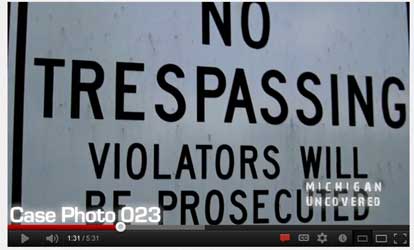

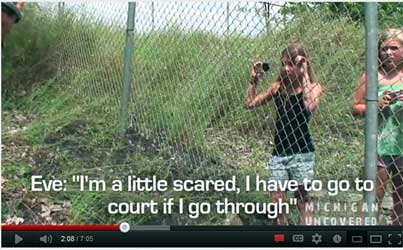
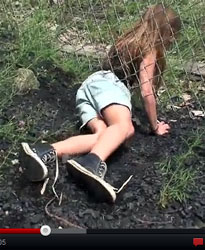

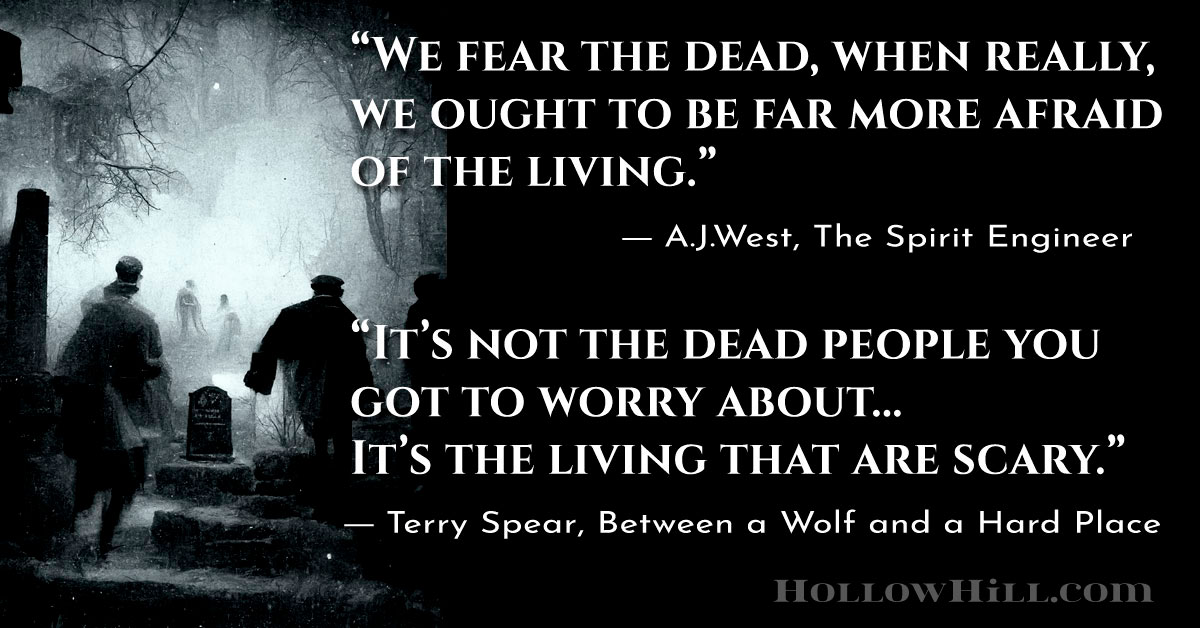

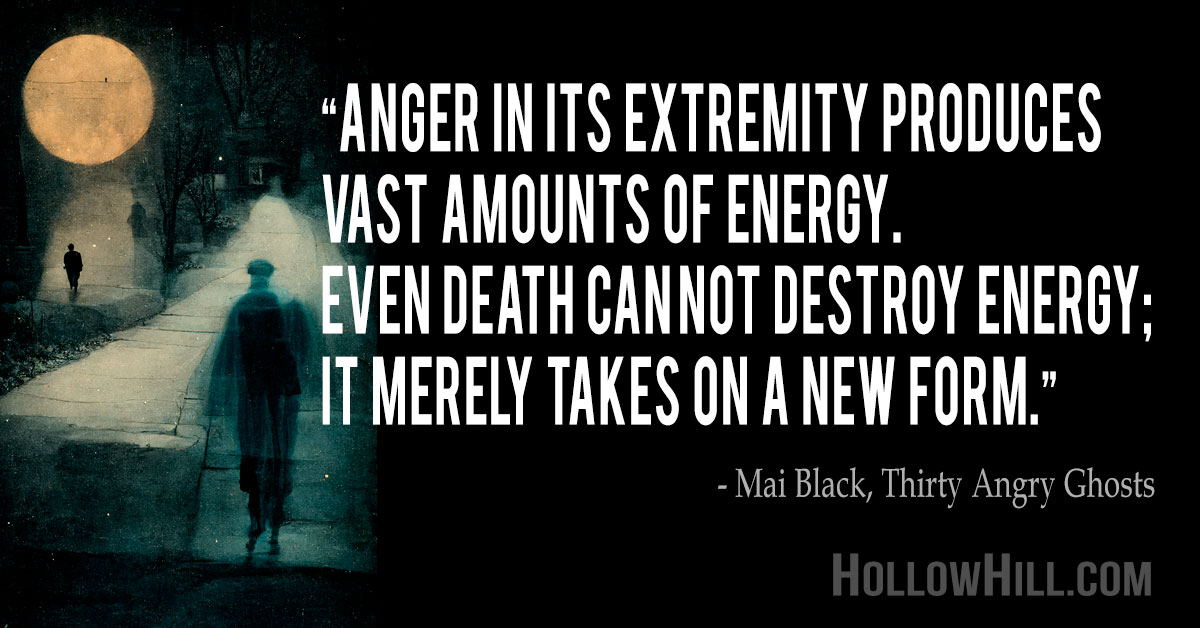

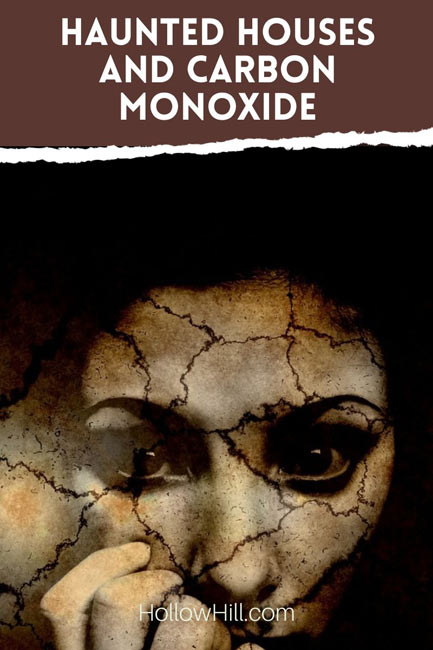 “Sometimes, when I’m in that part of the house, I get shaky, dizzy, and I feel weak all over.”
“Sometimes, when I’m in that part of the house, I get shaky, dizzy, and I feel weak all over.”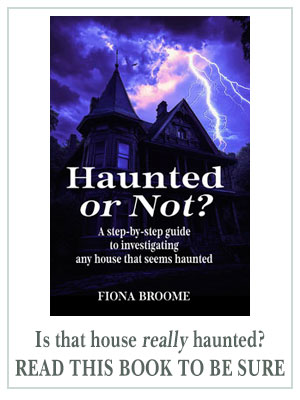

 Poltergeists cause unexplained noises, and move objects with unseen hands.
Poltergeists cause unexplained noises, and move objects with unseen hands. In my opinion, people who casually shrug off all poltergeists have never witnessed much poltergeist activity.
In my opinion, people who casually shrug off all poltergeists have never witnessed much poltergeist activity.